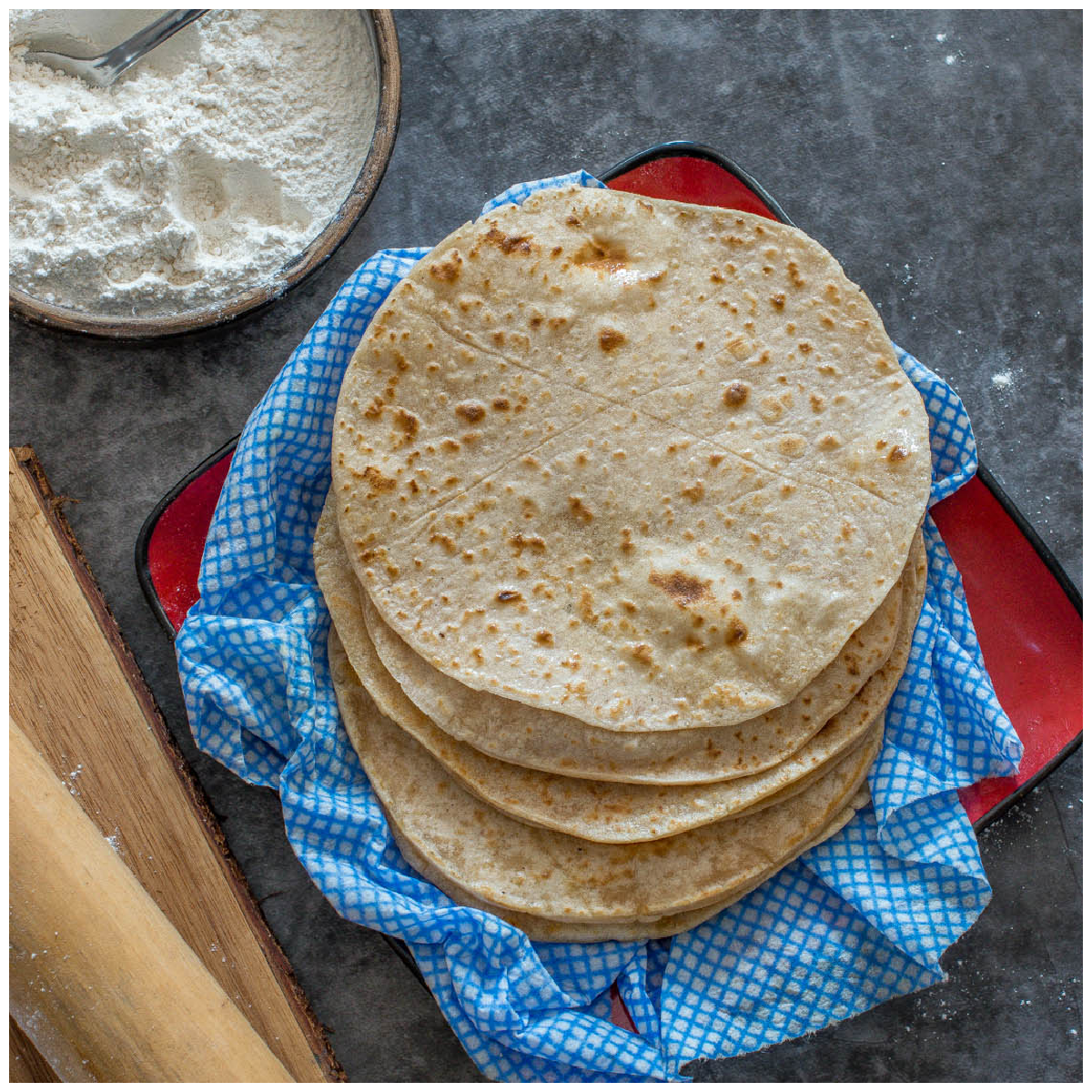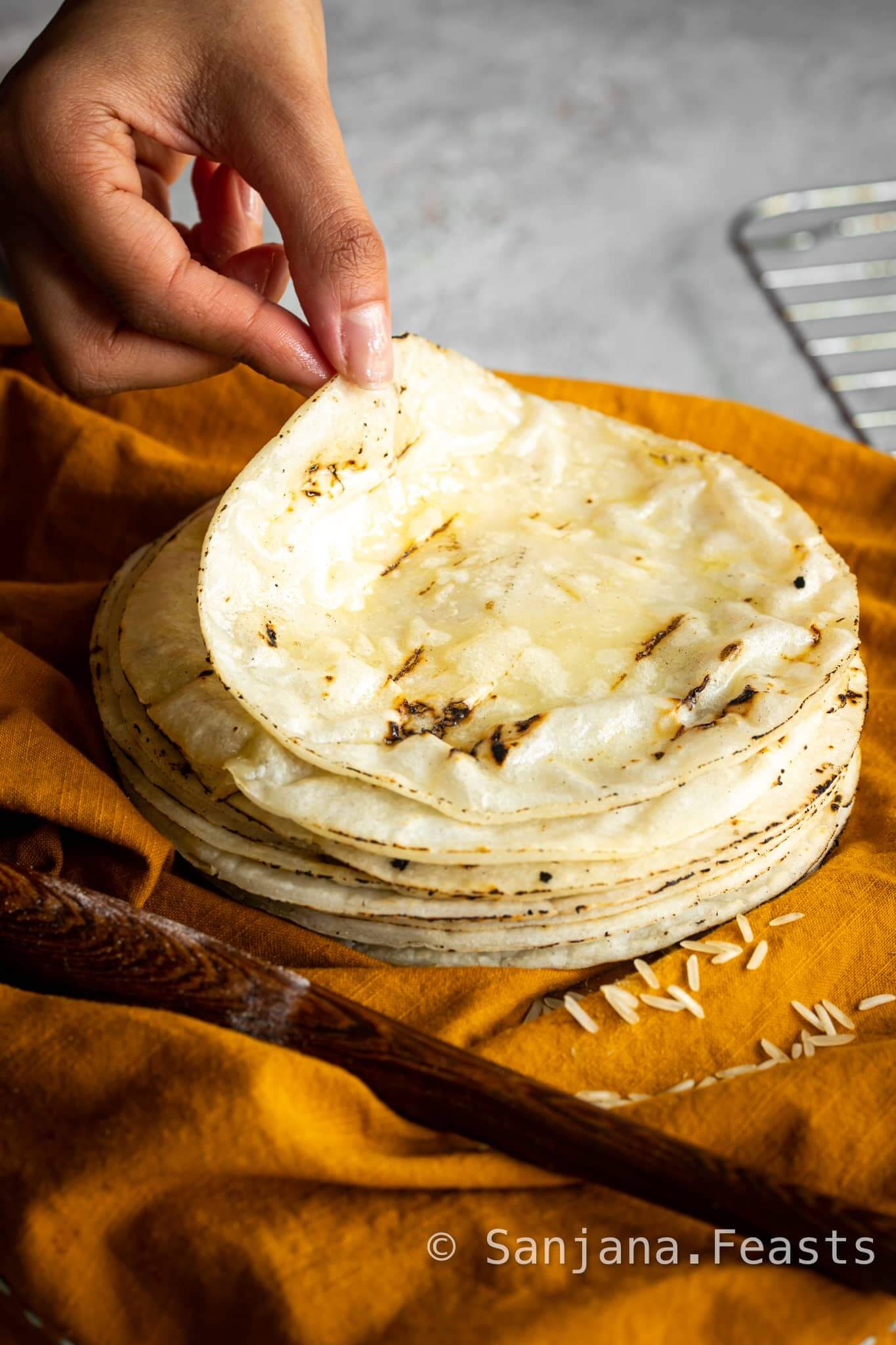Alright, let’s talk about this gluten-free flour for roti, you know, the flatbread we make. My old hands have made a lot of roti in my time, wheat flour was all we ever used. But now, folks are talking about this “gluten-free” stuff. Says some people can’t eat the regular flour, makes ’em sick. So, what do we do? We gotta find other flours, ain’t it?

Well, I heard tell there’s plenty of flours out there that don’t have this gluten thing. Rice flour, that’s one. We use rice all the time, so why not the flour? Then there’s corn flour, or as some folks call it, maize. We call it makki ka atta back home. Makes a good roti, a bit yellow, but tasty.
- Rice Flour: Makes roti soft
- Corn Flour (Maize/Makki): Gives roti a yellowish color
- Millet Flour (Bajra, Ragi/Nachni/Madua): Healthy option
- Sorghum Flour (Jowar): A bit coarse, good for digestion
- Gram Flour (Besan/Chana): Good for binding, adds flavor
Then there’s these other flours, the millet ones. Bajra, ragi, they call ’em. Heard they’re real healthy. I tried ragi once, makes the roti kinda dark, but it’s good for you, they say. Keeps your insides working right. And jowar, that’s another one. Sorghum, they call it in fancy talk. This one’s a bit rough, not as smooth as the wheat flour, but it fills your belly good.
And don’t forget about gram flour. You know, the one we use for pakoras. Besan, we call it. That one can be used too, but you gotta mix it with other flours, I reckon. It ain’t strong enough on its own to make a good roti. Too crumbly, you know? But it adds a nice taste, kinda nutty.
Now, making roti with these gluten-free flours, it ain’t the same as the wheat one. Wheat flour, you just add water, knead it, and you’re good to go. These other flours, they’re a bit tricky. Sometimes they need more water, sometimes less. And they don’t always puff up like the wheat roti. But don’t you worry, you’ll get the hang of it. Just gotta practice, that’s all.
I heard some folks mix the flours together. Like, they take some rice flour, some millet flour, and some besan, and mix it all up. Says it makes the roti taste better and holds it together better. I ain’t tried it much myself, but it sounds like a good idea. Experiment a little, that’s what I say. See what works for you.

Gluten-Free Roti Tips: You gotta be patient, mind you. These gluten-free flours, they soak up water differently. So, start with a little water, and add more as you go. And don’t knead it too much, like you do with wheat flour. Just enough to bring it together. And when you’re rolling it out, be gentle. These rotis are more delicate than the wheat ones. They might break if you’re too rough with ’em.
And cooking them, that’s a bit different too. You gotta cook them on a low heat, or they’ll burn. And don’t flip them too many times. Just let them cook slowly, until they’re done. You’ll know they’re ready when they start to puff up a little and get a bit brown on both sides. And don’t forget a little ghee or oil on top. Makes ’em taste better, you know?
So, there you have it. Gluten-free roti ain’t so hard to make, once you get the hang of it. Just gotta try different flours, find what you like, and practice a bit. And remember, even if it ain’t perfect, it’s still good food. Food that’s good for your belly and good for your health. And that’s what matters most, ain’t it?
Gluten free eating is getting more popular these days, so knowing how to make gluten-free roti is a good thing. There’s always people looking for tasty and healthy food, and this here fits the bill just right.
Tags: [gluten-free, roti, flour, indian bread, rice flour, corn flour, millet flour, sorghum flour, gram flour, healthy eating, gluten-free recipes]

